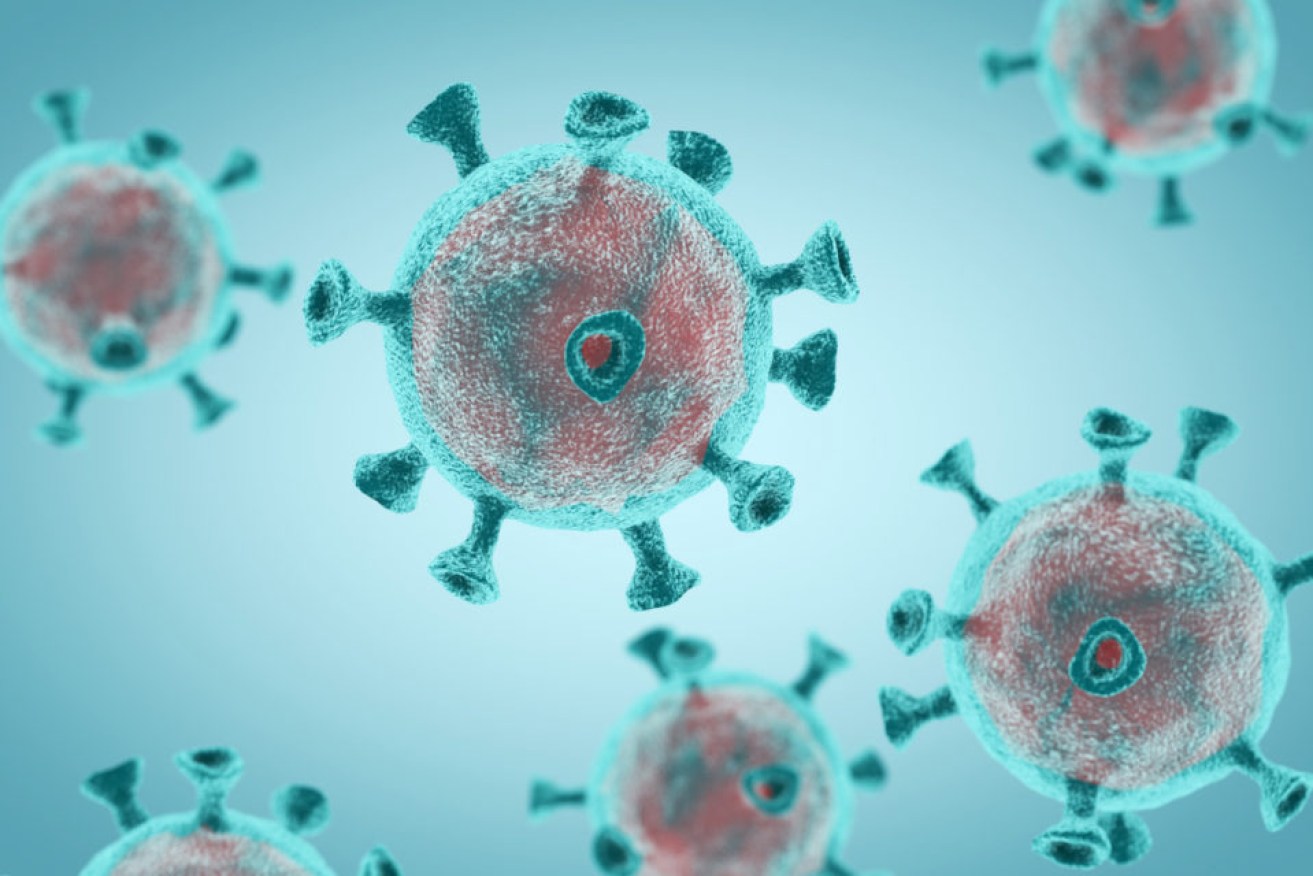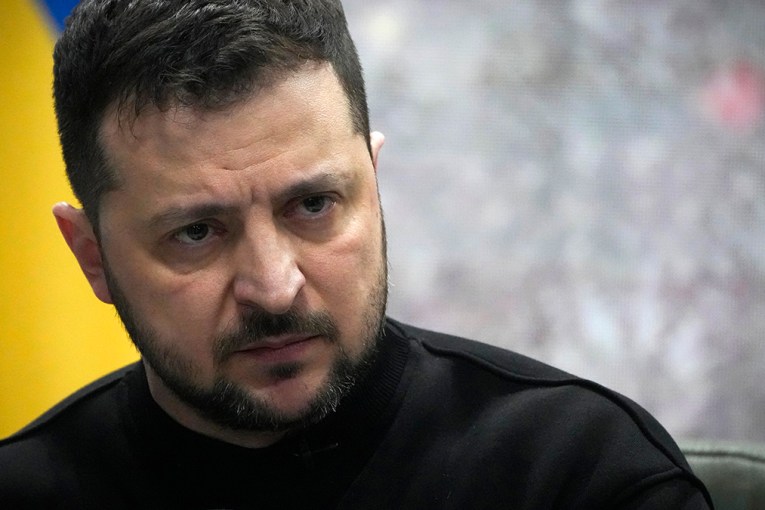Coronavirus is mutating but social distancing is stopping the spread


The coronavirus has plunged the world into chaos but what happened in Wuhan remains a mystery. Photo: Getty
The coronavirus has evolved into at least eight strains across the globe so far, researchers revealed on Tuesday morning.
But they say that the mutations aren’t any more dangerous to human health.
Scientific labs across the globe have submitted 2000 genetic sequences of COVID-19 to open database NextStrain, showing the virus is mutating every 15 days.
But the mutations are so small that there is no strain of the virus that is more harmful than the other, said Nextstrain co-founder Trevor Bedford.
And, while the eight mutations are circulating around the world, they remain “completely benign” and are simply useful as a “puzzle piece” to better understand how the coronavirus is spreading, he said.
- New social distancing rules started at midnight Monday. Read this to understand how to follow them and avoid a fine
Mr Bedford added that COVID-19 mutates like any other virus and their work has been to identify exactly how it migrates and splits into similar but new subtypes.
More researchers are dissecting the genomes of coronavirus and discovering the strains that have emerged since the virus is thought to have first jumped from animals to humans in a Wuhan, China, wildlife market late last year.
“In the literal sense of ‘is it changing genetically?,’ the answer is absolutely yes,” Harvard University infectious disease epidemiologist Marc Lipsitch told America’s National Public Radio.
“What is in question is whether there’s been any change that’s important to the course of disease or the transmissibility or other things that we as humans care about.”
The strains emerging are only slightly tweaked, with no variations in how lethal they are, experts said.
“The observed rate of mutation (about two mutations per month) is completely normal for a virus,” Bedford wrote on Twitter.
“Flu and the common cold have similar mutation rates. Even a bit faster for flu.”
While the genomes retrieved so far are providing reassuring information about how the virus can be stopped and whether social distancing is working – indications are that it is – they do not provide more than a sketch, the experts said.
Scientists agree that there is much more to be discovered. But the microscopic changes are helping them map the pathogen’s pathway through the human population.
“The outbreaks are trackable,” Charles Chiu, a professor of medicine and infectious disease at the University of California, San Francisco School of Medicine, told USA Today.
“We have the ability to do genomic sequencing almost in real-time to see what strains or lineages are circulating.”
Social distancing is working
The UK is one week into its lockdown and, already, there are hopeful signs that social distancing is slowing the outbreak, according to Professor Neil Ferguson, an epidemiologist advising the government.
Speaking to BBC Radio, Professor Ferguson said the number of virus-related hospital admissions on March 30 “does seem to be slowing down a little bit now”, suggesting the lockdown measures were having a positive effect.
“It’s not yet plateaued as the numbers are increasing each day, but the rate of that increase has slowed,” he added.
“We see similar patterns in a number of European countries.”

Further restrictions on travel and movement are in place in Australia as the federal government works to tackle the spread of COVID-19. Photo: AAP
More and more countries are increasingly relying on social distancing to curb the virus’ spread.
Spain has entered its third week of a near-total lockdown, with the government strengthening social distancing measures after announcing at the weekend that all non-essential workers must stay home.
The US has also extended social distancing rules for another 30 days, until April 30 due to concerns that the death toll could peak in two weeks.
Italy, the world’s hardest-hit country which accounts for more than a third of all global fatalities, saw its total death tally rise to 11,591 since the outbreak emerged in northern regions on February 21.
More positively, the number of new cases rose by just 4050, the lowest amount since March 17, reaching a total of 101,739.
Back home in Australia, more than 100 million surgical masks will be pumped out by a South Australian company in the coming months under an agreement with the federal and SA governments that also includes the manufacture of respirators.
The agreement with Adelaide’s Detmold Group is for 145 million masks, with 100 million to go to the National Medical Stockpile and 45 million to SA.
“We have a sufficient supply of masks at the moment, but this work will ensure we sustain that supply over the months ahead,” federal Minister for Industry, Science and Technology Karen Andrews said in a statement on Tuesday.
-with AAP







